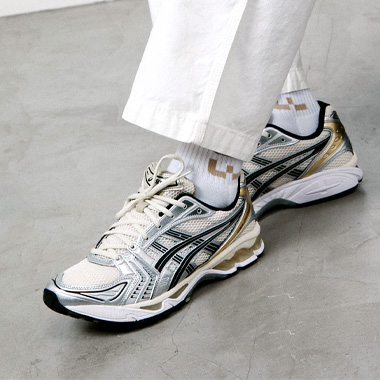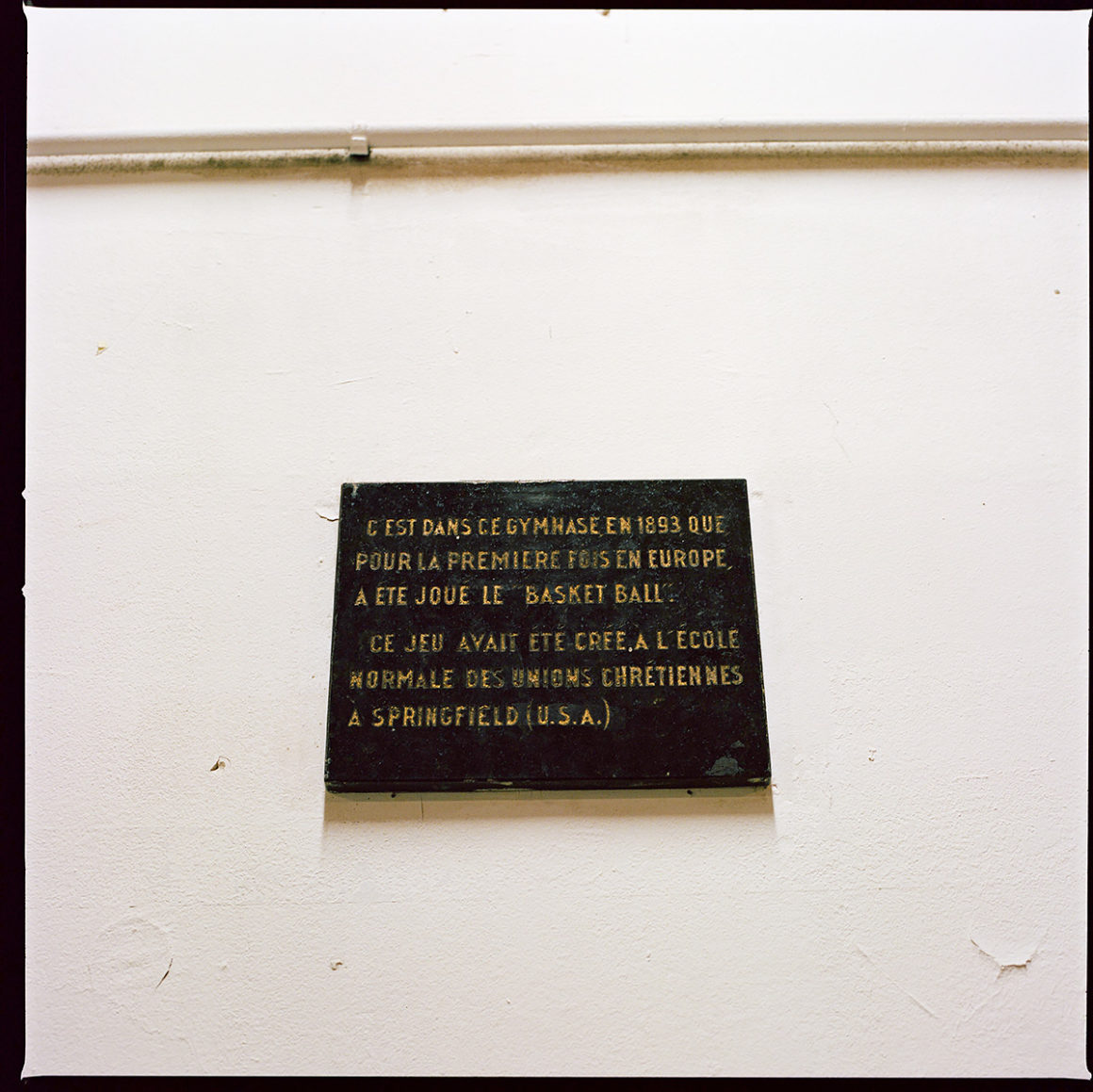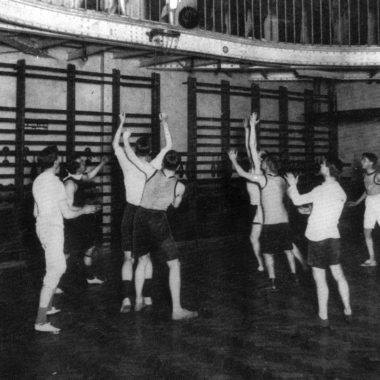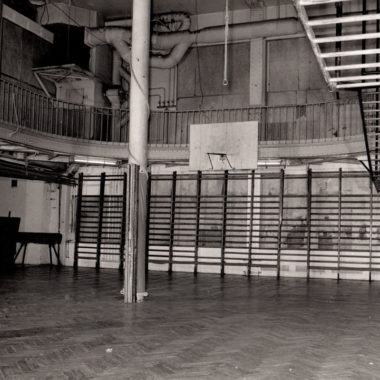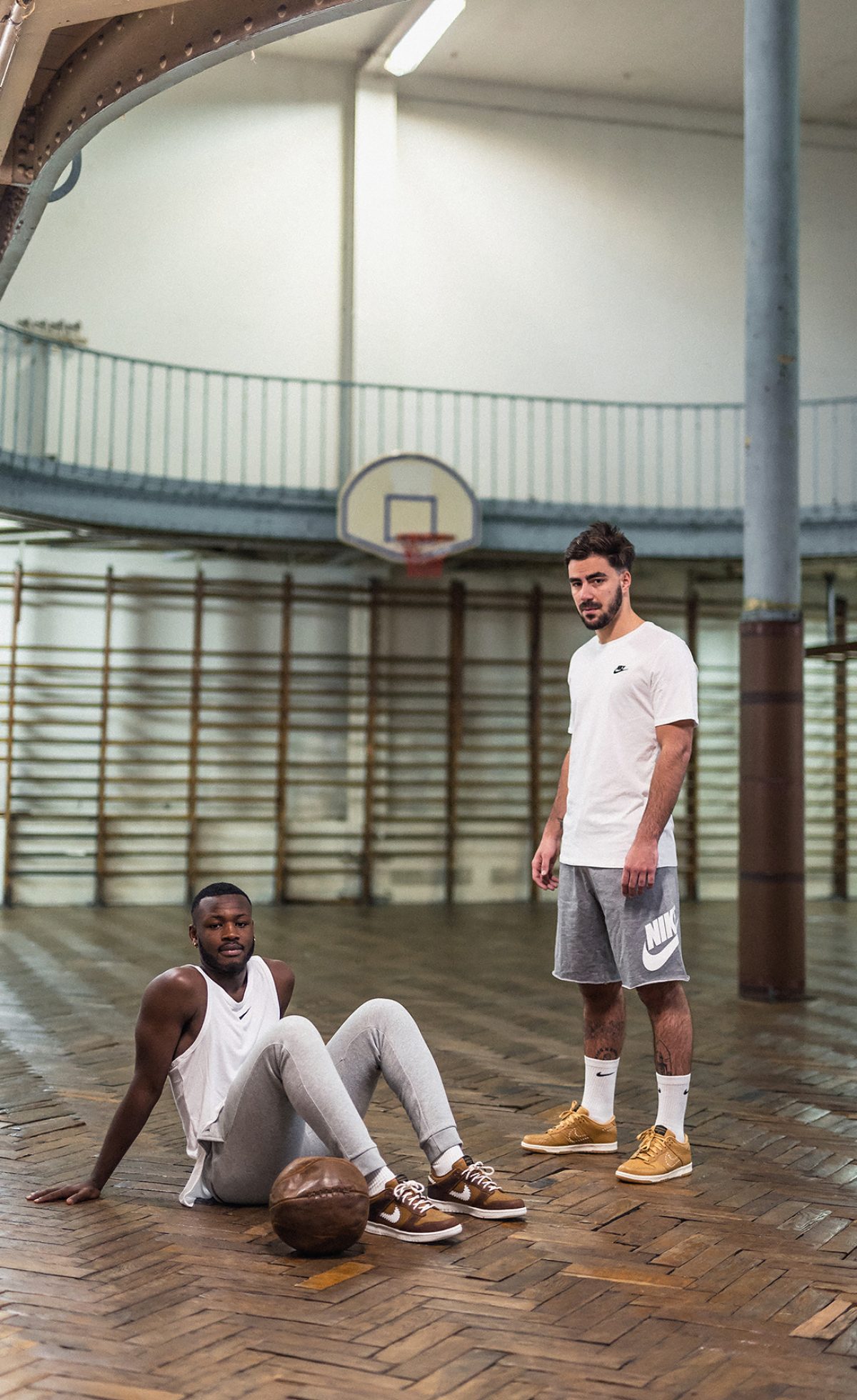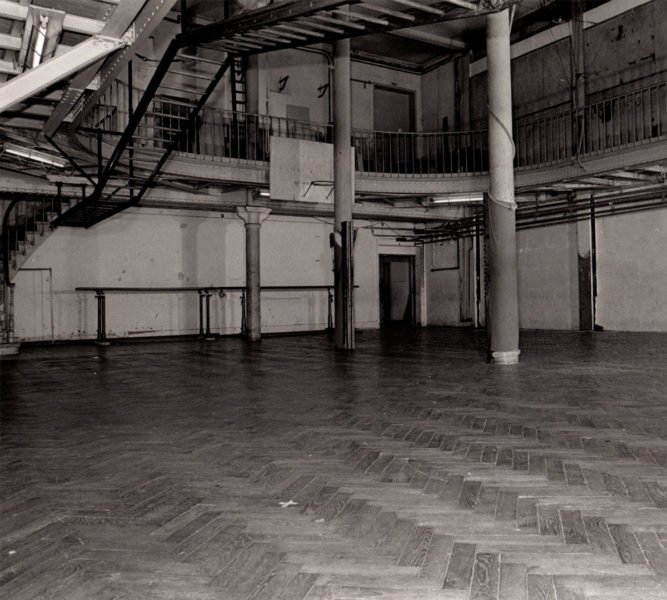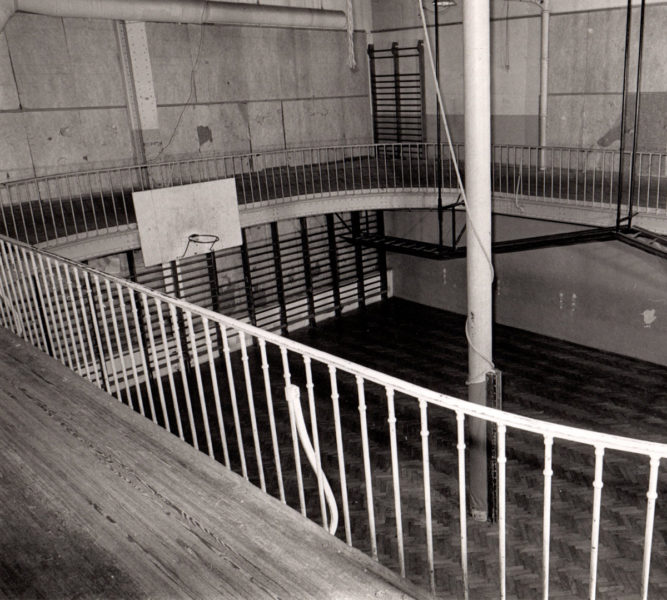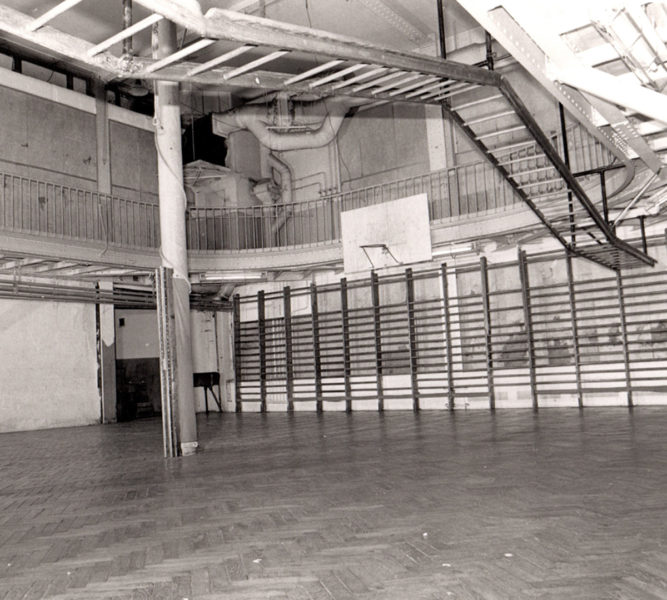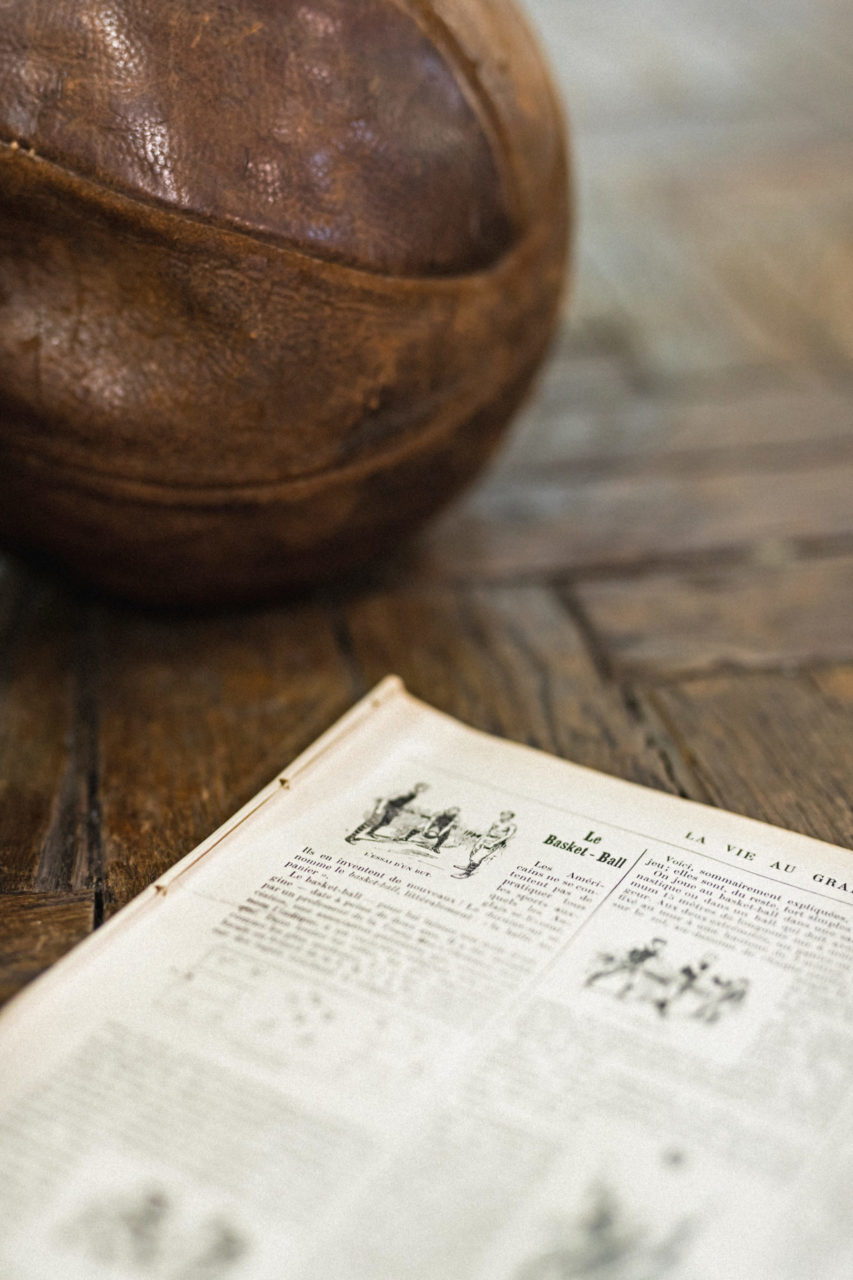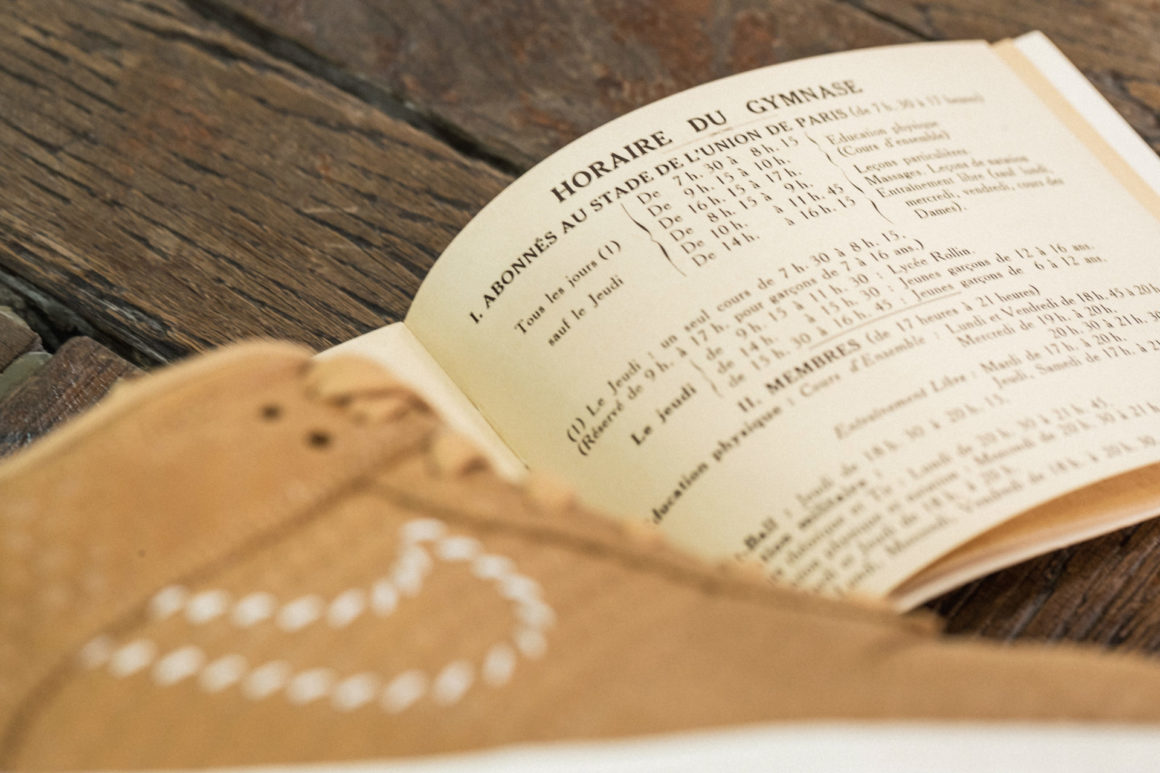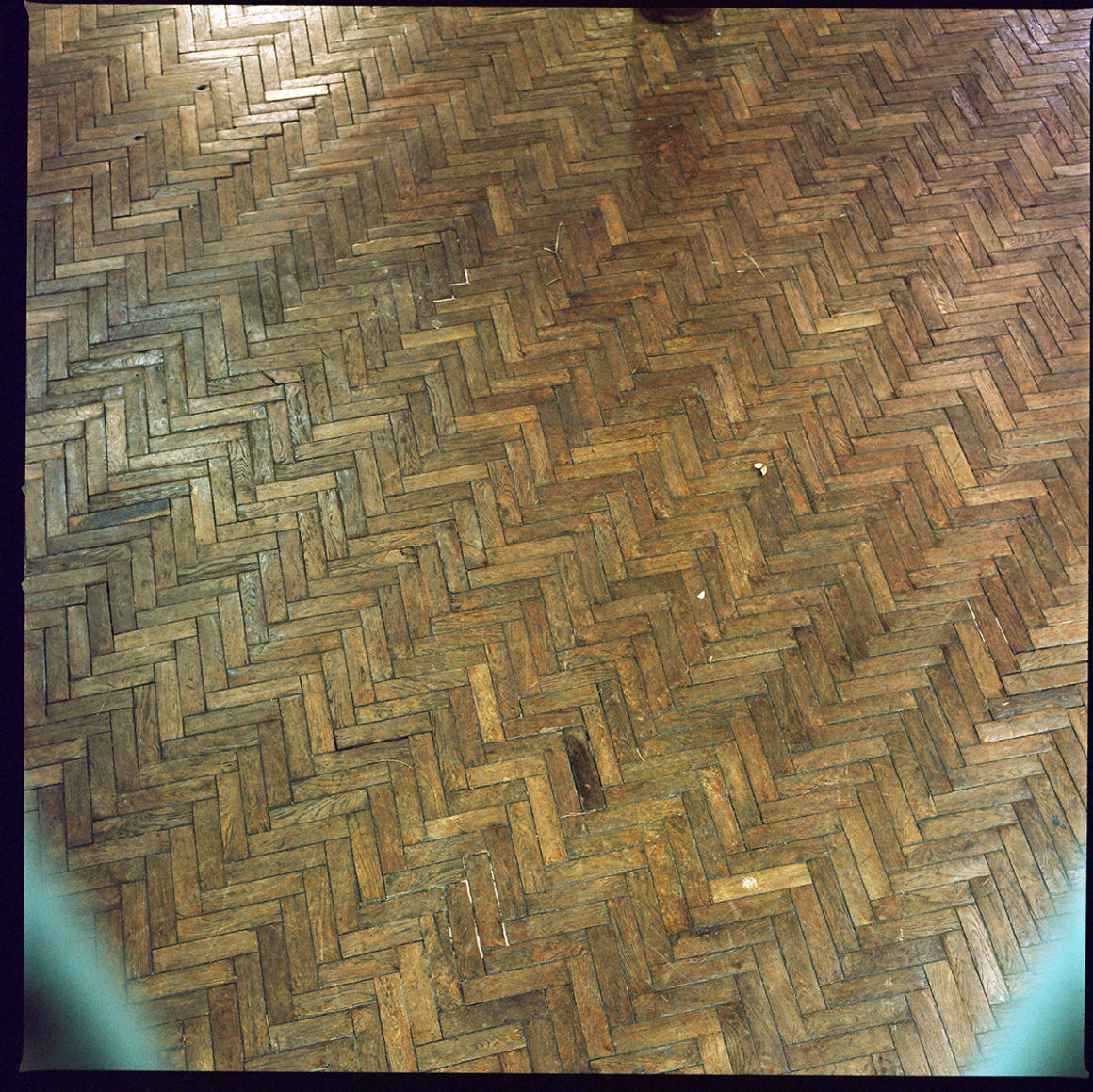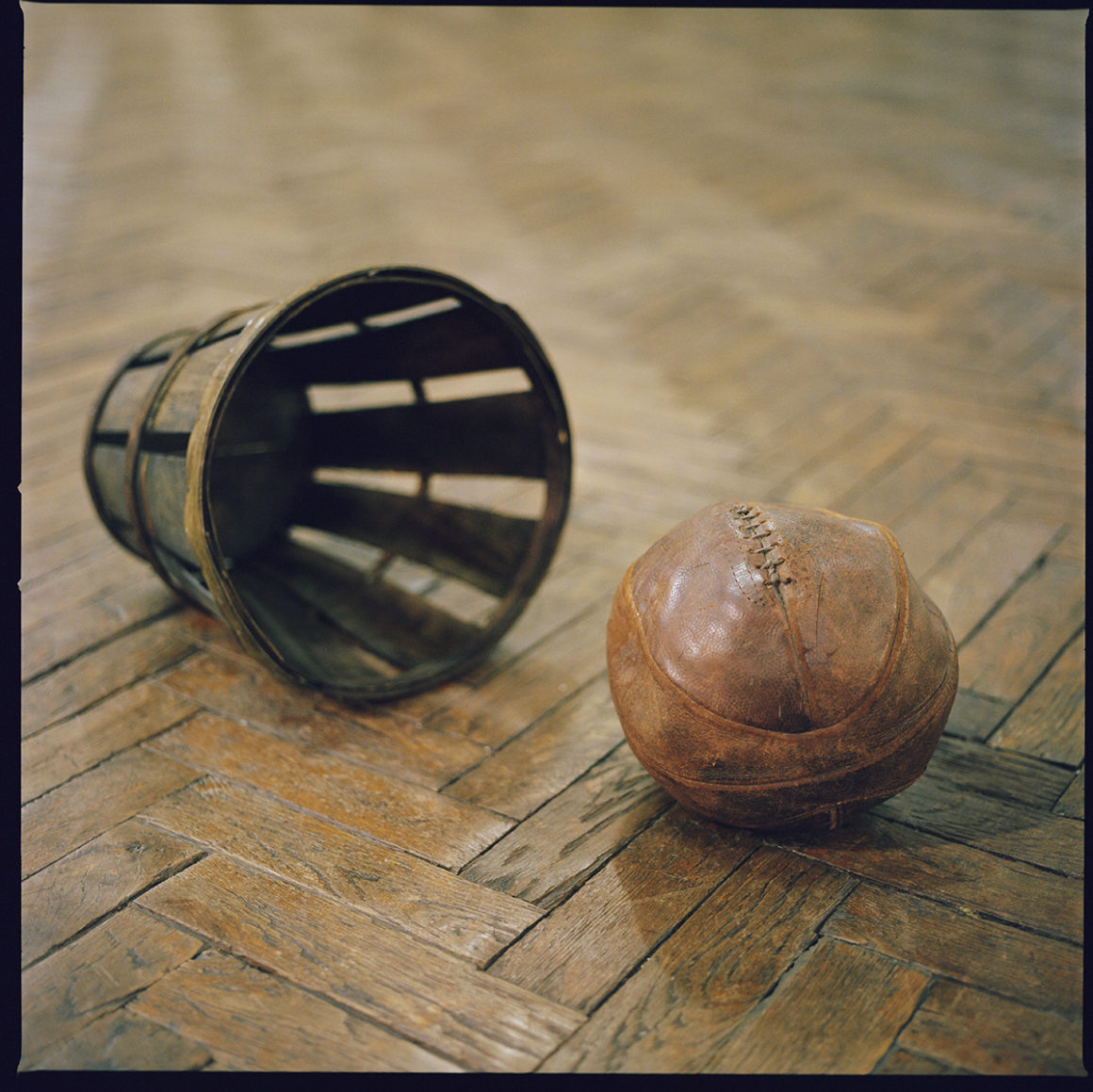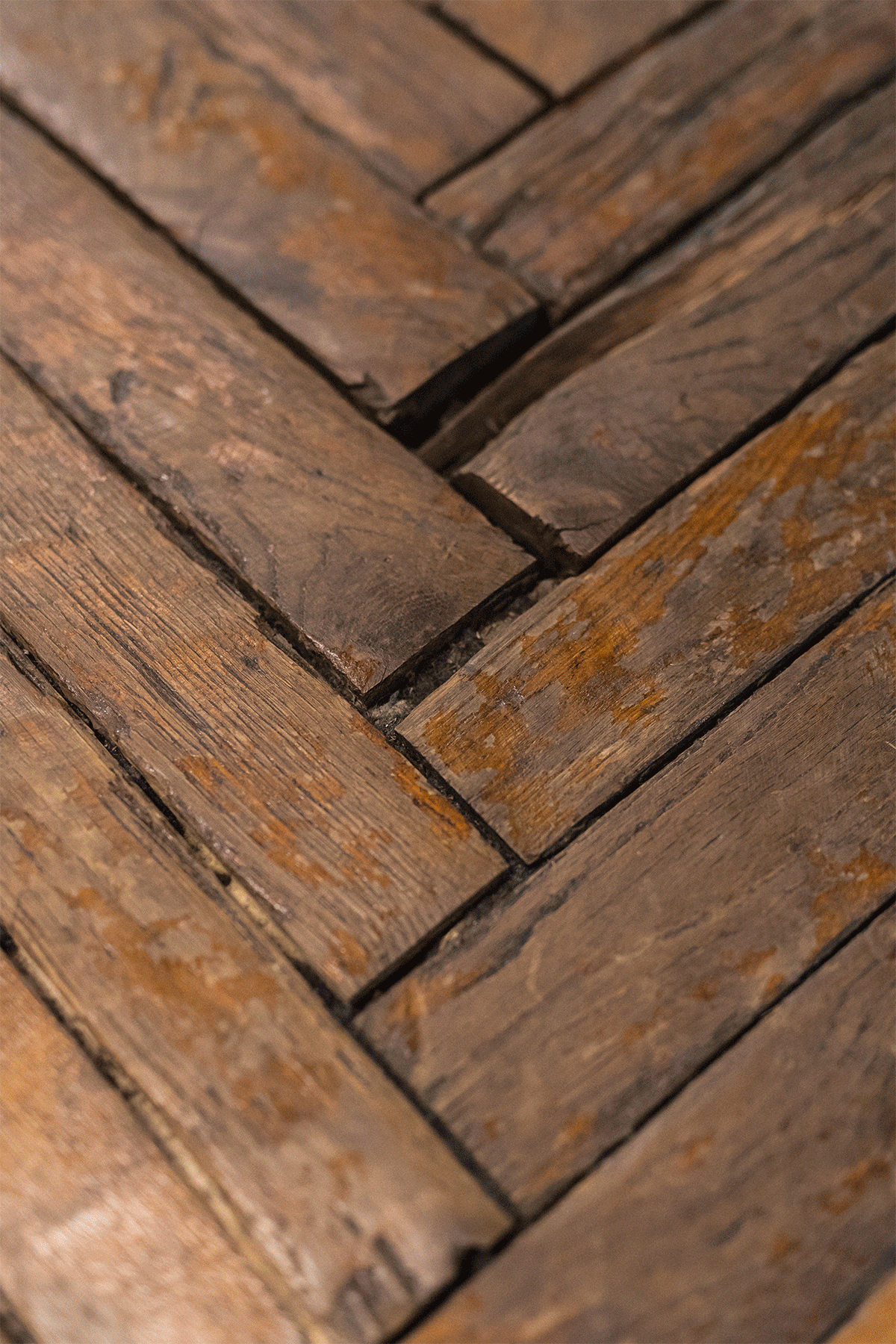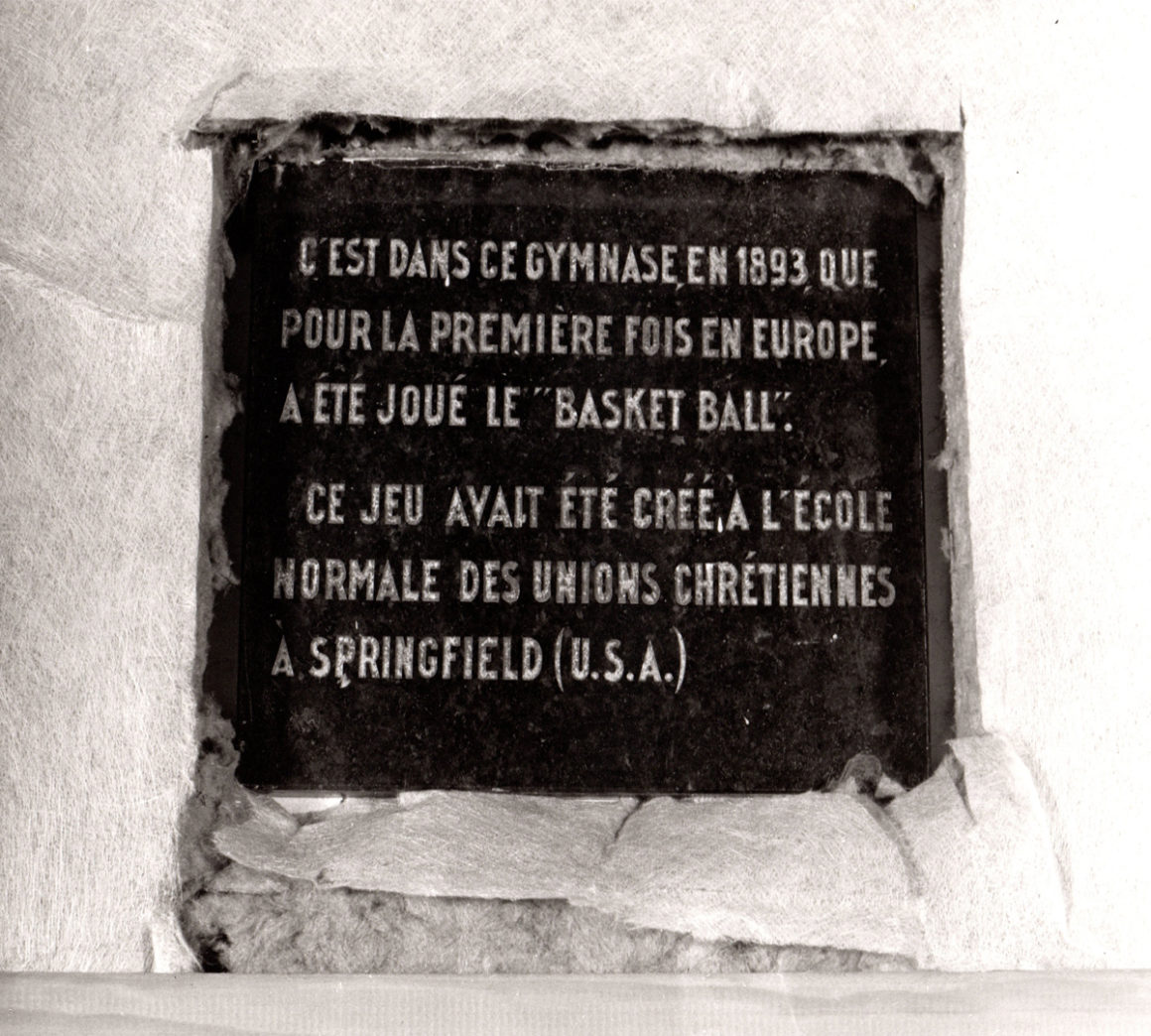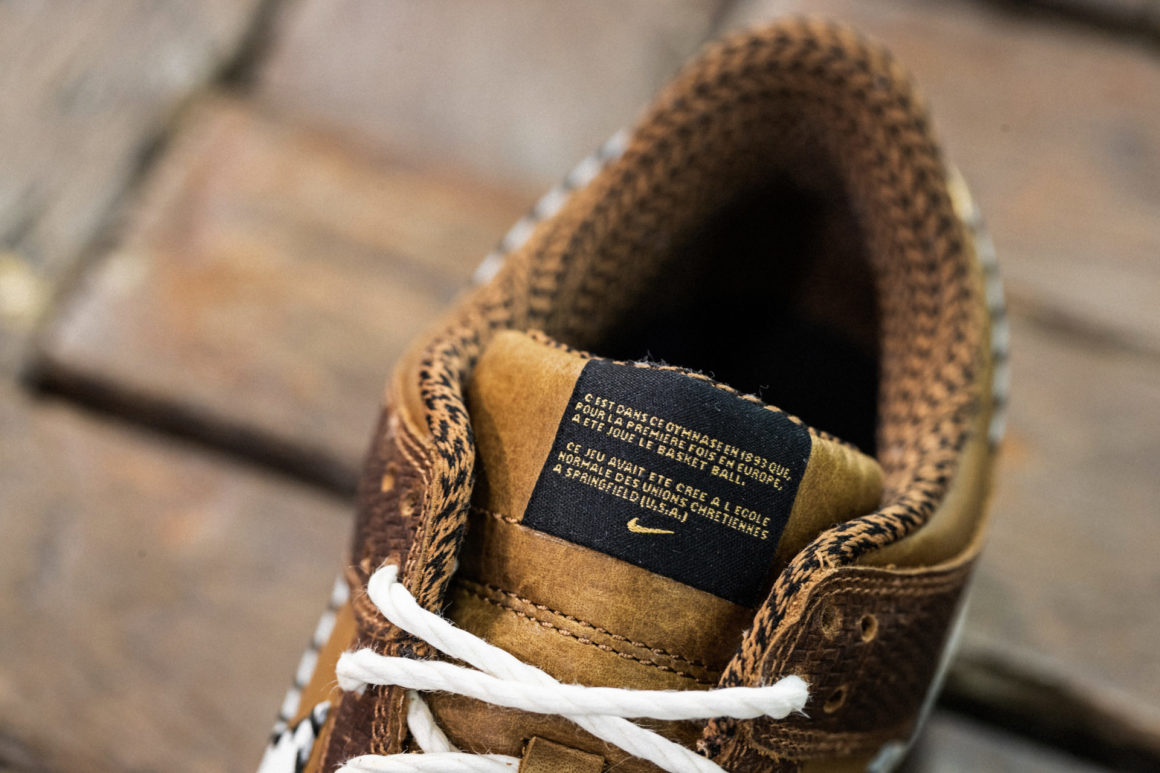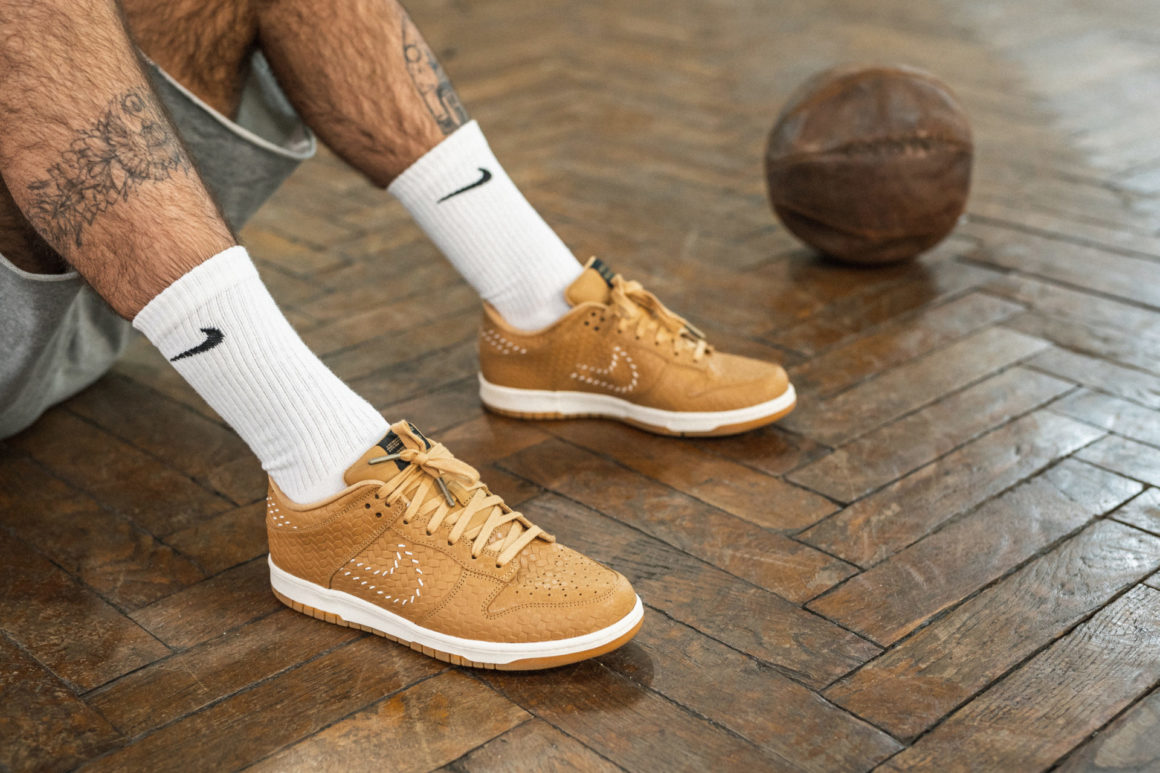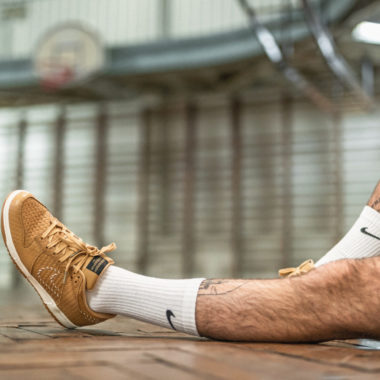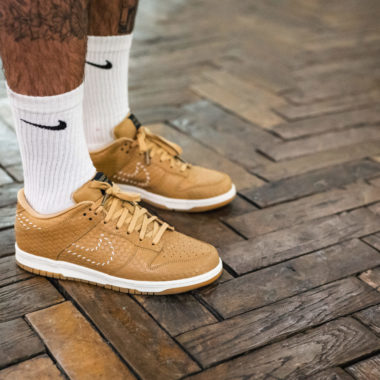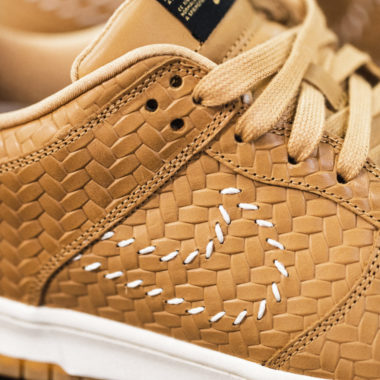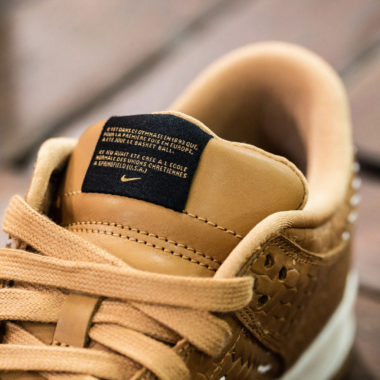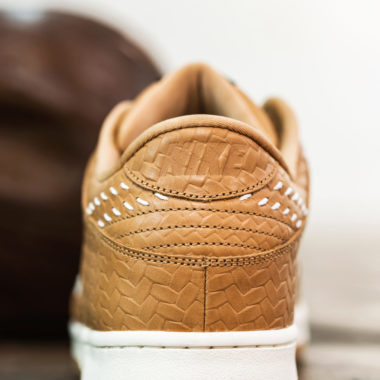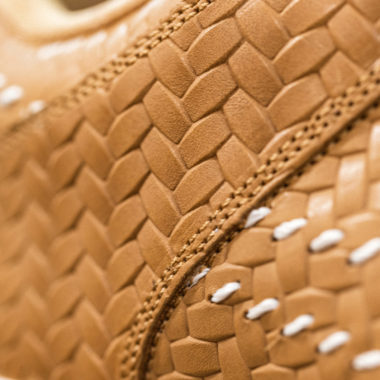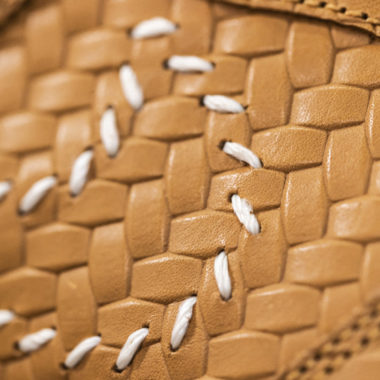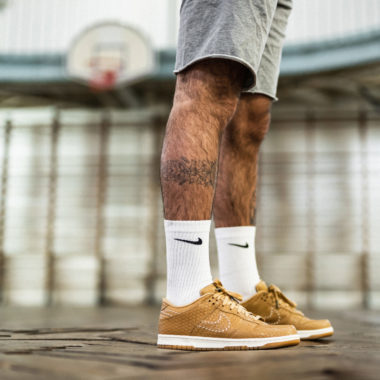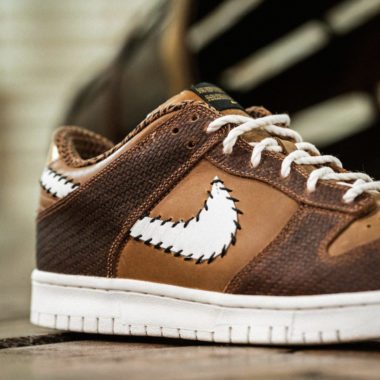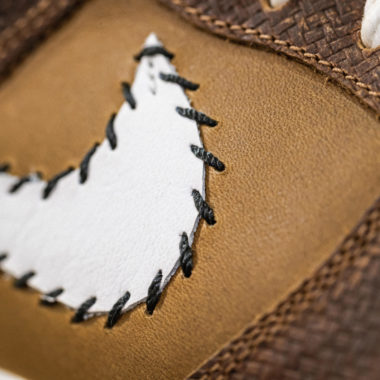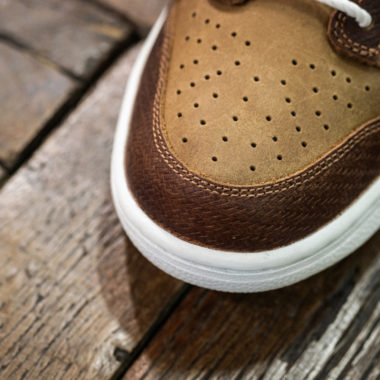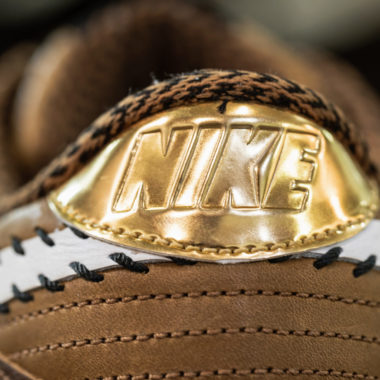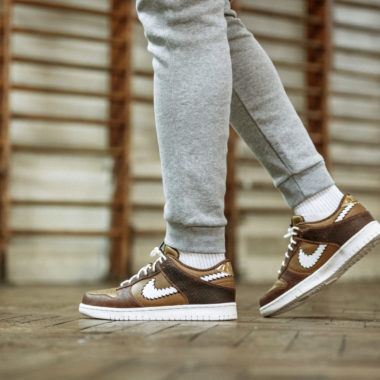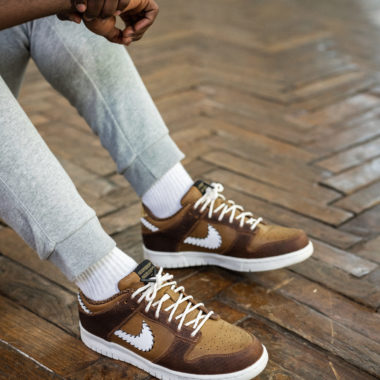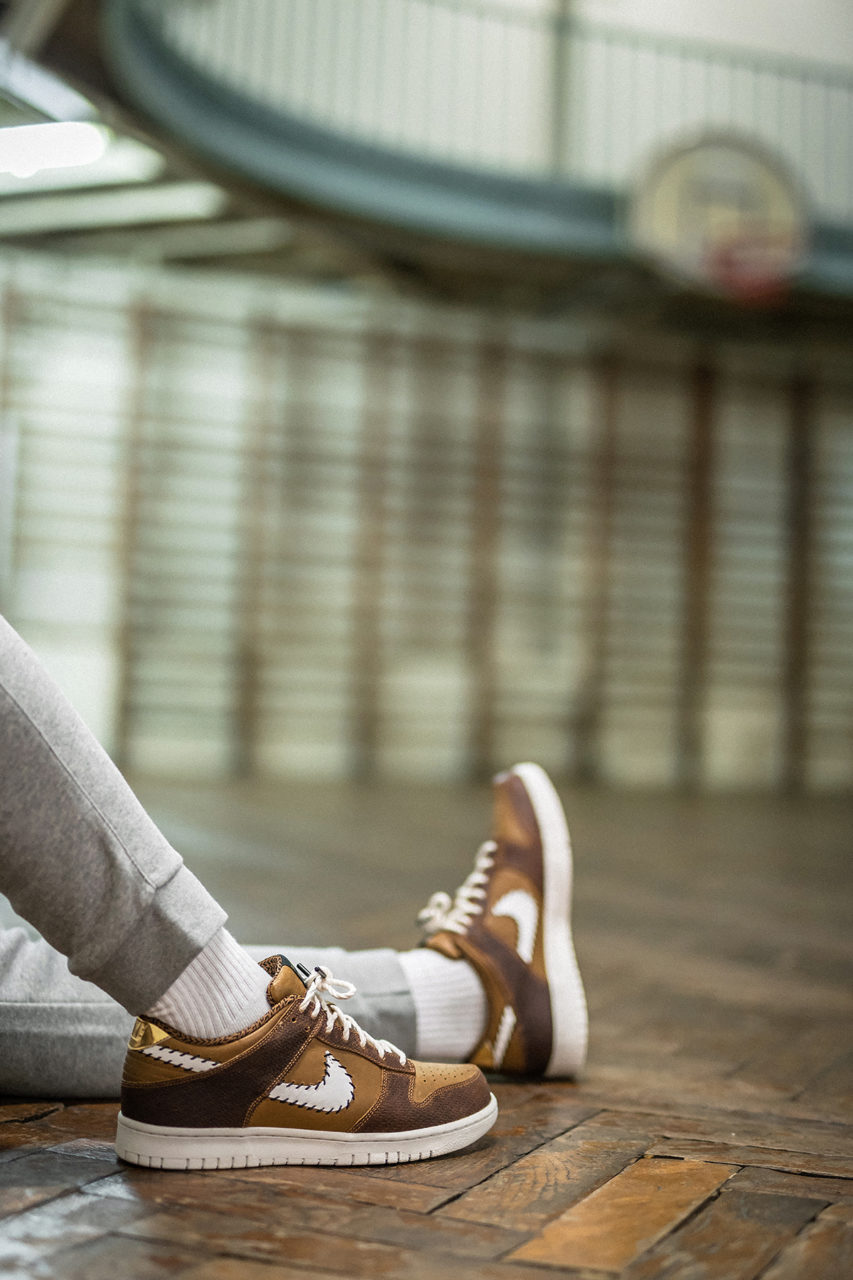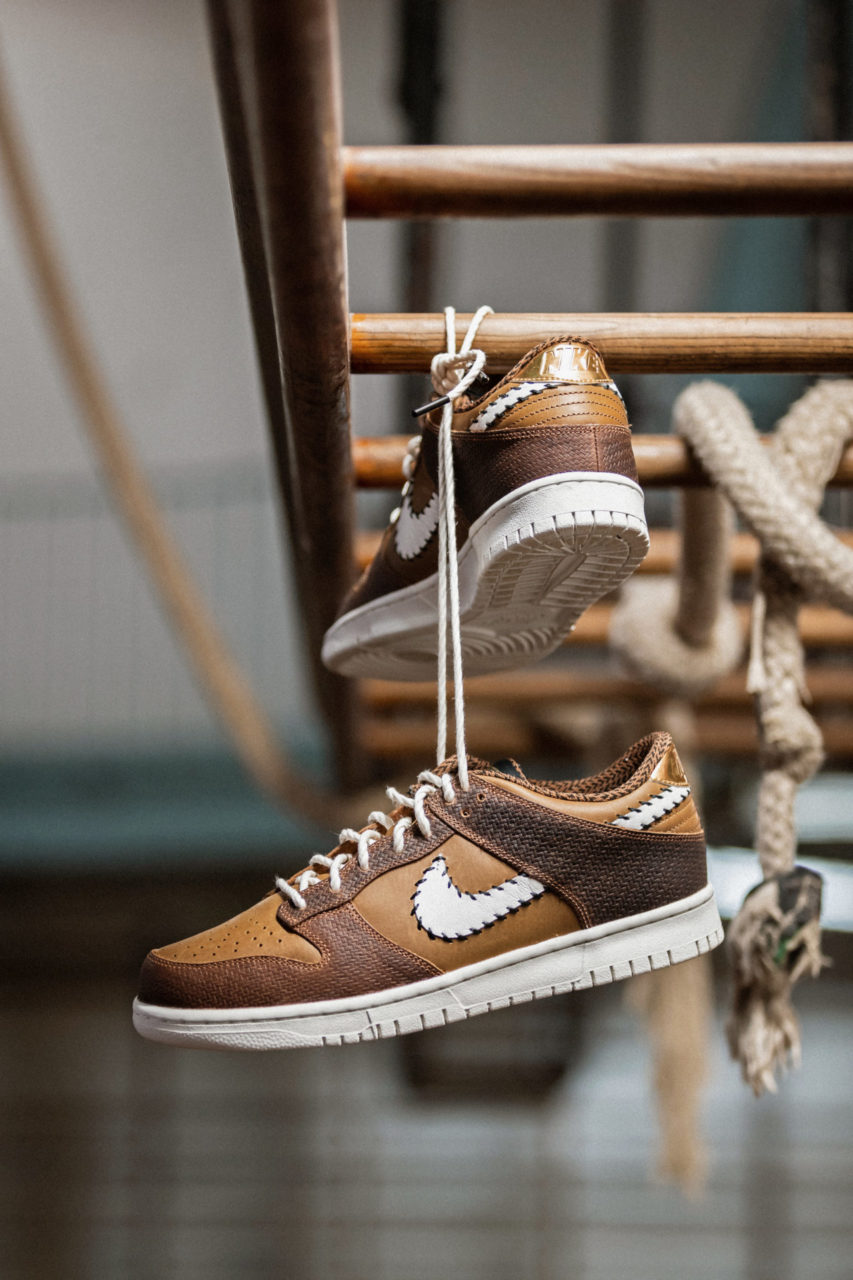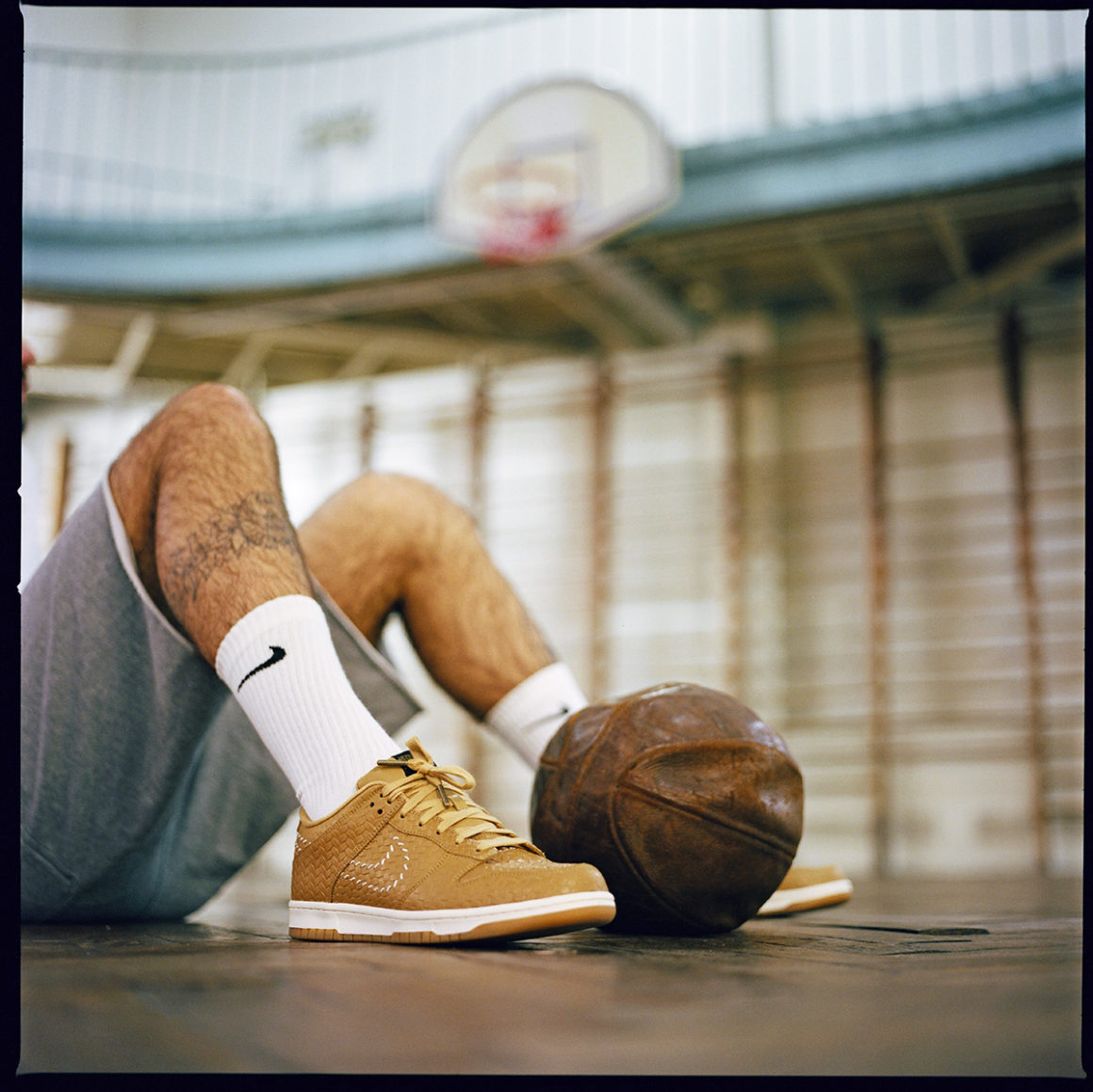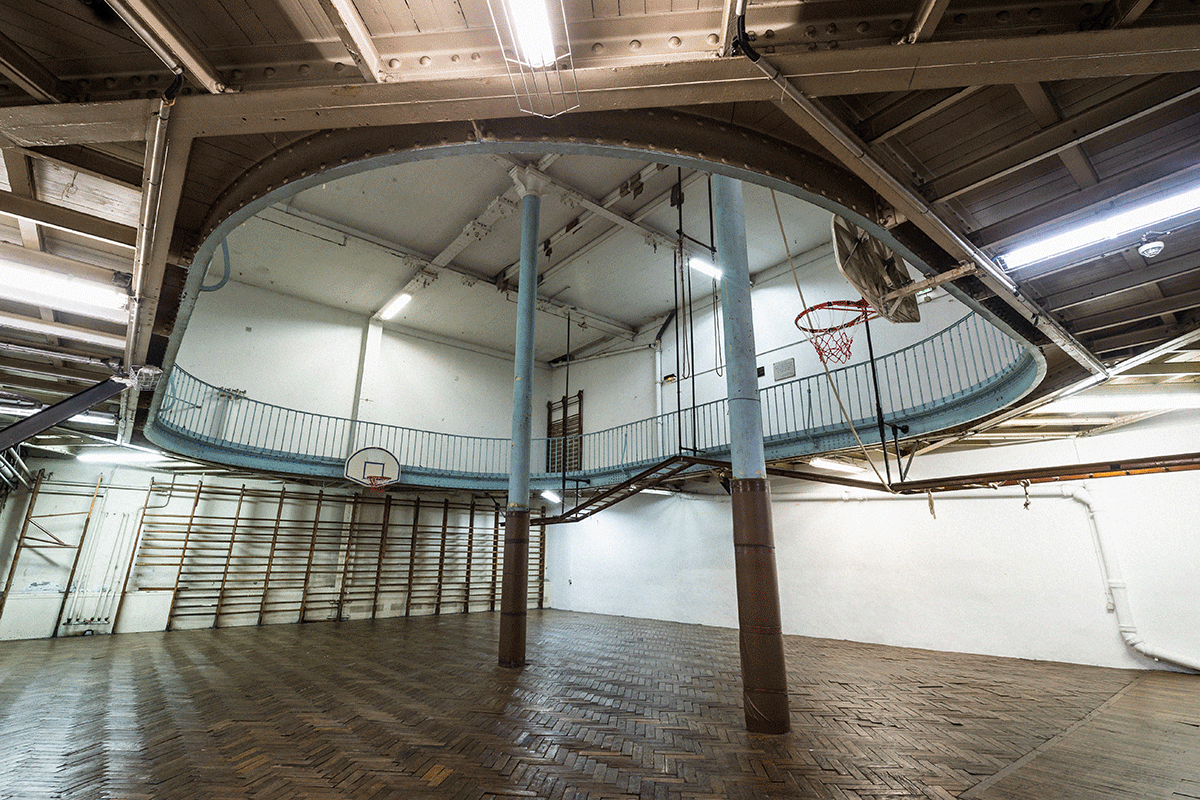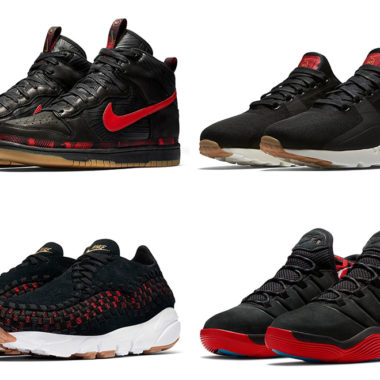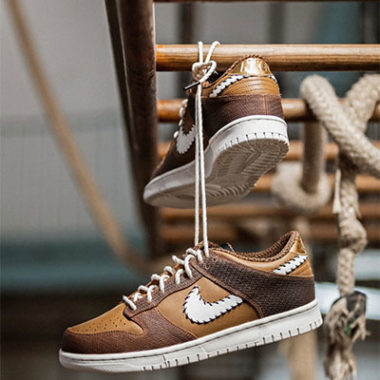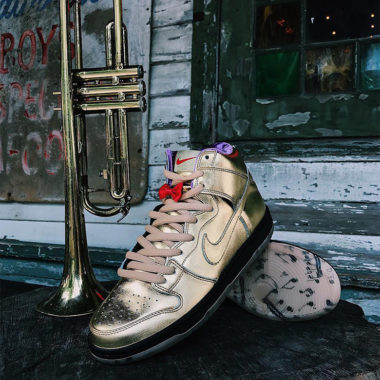NIKE DUNK LOW PRM QS PARIS: TWO PAIRS OF NIKE DUNKS THAT CELEBRATE THE WORLD'S OLDEST BASKETBALL COURT, IN PARIS.
The world’s oldest basketball court is French. It’s hard to imagine that the sport that rules supreme in the United States could have such deep roots in Paris. But by taking a little detour on foot, we managed to slip inside this location charged with history.
The YMCA, an association for young people
The YMCA (Young Men’s Christian Association) is a youth support project started in 1844 in England, more specifically London, by Sir George Williams. Its goal is to promote the spiritual, intellectual and physical development of young people. Williams, a philanthropist, wanted to improve living conditions for young workers during the first industrial revolution. Although the association has Protestant origins and goals, from the beginning it has been secular and open to all. Starting in 1852, it has also had branches in France and other countries. Today, the YMCA – UCJG movement is present in 124 countries worldwide. It includes over 15,000 local associations working in multiple domains.
The Paris UCJG
The Paris association was the first YMCA-UCJG in France. It was founded in 1852 by the future founder of the Red Cross, Henri Dunant (recipient of the 1901 Nobel Peace Prize). It began operations on the Left Bank in a little apartment on rue Dauphine, but moved several times as its activities and needs changed before finally establishing itself at rue de Trévise.
The Youth Center's treasure
This incredible building was constructed in the 9th arrondissement of Paris on rue de Trévise, near metro station Cadet. The location, over a century old, is remarkable in every sense.
It began in 1891 with an architectural competition. The program listed the following objectives:
1) « Our purpose is to construct, in Paris, a fairly well-equipped house for the use of young people. »
2) « Offer young people all the facilities necessary to educate themselves and to grow physically and intellectually. »
3) « Offer them, as far as possible, healthy meals and a few clean, well-appointed rooms. »
4) « Provide a meeting room for various Protestant works. »
The architect Henri Jean Emile Bénard, winner of the 1867 Grand Prix de Rome, was chosen to lead this sizeable project. He was sent to the United States to study a few recently constructed American YMCA buildings as examples.
That same year, Baron Pierre de Courbertin was invited to give a speech to convince potential French donors of the necessity of contributing money for a future club/gymnasium in Paris, modeled after American YMCAs. Thanks to generous donors and the significant support of Frenchman Alfred André and American James Stokes, the funds were raised and the first stone was laid on June 11th, 1892. The inauguration took place on May 7th, 1893.
For the first time in France, this new architectural complex, conceived as a coherent whole, brought diverse services together in the same place: a double-height gymnasium with a curved running track on the mezzanine; a restaurant; a bowling alley; a covered pool; bedrooms; a multipurpose room for conferences, concerts and theater; a library; a pool hall; as well as spaces reserved for welcoming and assisting the public! Henri Jean Emile Bénard, the man in charge of designing this unique site, was a student of Gustave Eiffel. Moreover, the Eiffel style is clearly present: two iron columns were installed right in the middle of the playing court during construction, and support this remarkable building to this day. A mezzanine forms a raised track on which athletes can warm up before the game. In fact today, 125 years after Europe’s first basketball game was held here, the very same court is still being used by UCJG members and basketball enthusiasts. This unique location was added to the French historic monument registry in 1994, and is open every day of the year.
The Association YMCA-UCJG de Paris has owned the complex ever since its inauguration in 1893, and has developed many activities to further its mission. These activities have evolved over time, adapting to societal changes and the evolving needs of the community in a constant effort to support individuals in becoming good citizens.
The world's oldest basketball court
Although it’s hard to believe that Paris is home to a basketball court that dates back to 1893, the explanation is simple. Basketball was invented by James Naismith, founding member of the Massachusetts YMCA (in Springfield, MA), who was seeking an indoor activity to occupy young people who missed playing sports (particularly baseball and football) during the winter months. Inspired by the Mayan game « pok ta pok, » Naismith positioned wooden peach boxes 3.05 m off the ground. The game consisted of carefully aiming a round ball and tossing it into the boxes. That was December of 1891, only six months before the first stone was laid on rue de Trévise in June of 1892. That’s why it was only natural for the Paris association to provide itself with an indoor court.
The herringbone parquet flooring is fragile. It rests on a layer of sand meant to cushion players’ movements. Its dimensions are no longer up to date, its markings are also dated, and the two imposing iron columns in the middle require players to maintain constant vigilance. But aside from the baskets, recently replaced, everything is original!
Sadly, the Springfield gymnasium no longer exists. This makes the Trévise gym the oldest catalogued indoor basketball court in the world today. Considered basketball’s gateway to Europe, it’s an important world heritage site for basketball and sports in general.
The DNA of 14 rue de Trévise, replicated on two pairs of Nike Dunks
Nike is unveiling a unique new design linked to basketball. The corporation was inspired by the world’s first-ever basketball court, constructed 125 years ago in Paris. The result is a double set of sneakers that we will be selling starting May 18, 2018, with all profits going to the YMCA: the Nike Dunk Low PRM QS Paris.
The two pairs of Dunks you’ll discover here are the fruit of an extensive research project conducted by Nike’s teams. Nothing was left to chance; every single detail reflects the sport and the court tucked away in the bowels of the Paris YMCA.
These two unique versions have aged leather uppers in a herringbone pattern, directly inspired by the ball and by the flooring in the Trévise gymnasium, battered by years of intense basketball practice. It’s typically Parisian, and can still be found in many Haussmann-style buildings, adding to their unique character. The two shades of the shoes’ leather (one dark brown, the other pale beige) directly replicate the chromatic tint of the ever-present wood at the heart of this Parisian gym. Old-fashioned leather basketballs were an additional source of inspiration for this project: Nike decided to make them part of the design by stitching the Swoosh outline directly onto the shoe.
The lighter-colored Dunks also feature rubber soles. The choice is another nod, this time to the soles of shoes used exclusively for indoor sports like basketball. Finally, the Dunk has a specific string-style lacing weave, a reference to the gym’s training ropes as well as its basketball nets. The colored toes are a reference to the two iron pillars on the court. The hint of gold on the heels is a nod to the unpickable lock invented by Georges Vuitton at around the same time.
The American corporation also duplicated the commemorative plaque displayed with honor in the gym. It can be found on the tongues of both pairs of shoes in its original font and color scheme: gold writing on a black background. The emblematic Swoosh echoes this graphic model, appearing next to the plaque.
An ode to basketball
Nike is also using this release to pay homage to basketball in its own way. The choice of sneakers for this collaboration was no accident. The Dunk was born in 1985, from the pencil strokes of designer Peter Moore. He wanted to improve the experience of playing basketball by creating a hybrid shoe that incorporated technical elements from the Air Force 1, Air Jordan I, Terminator and Legend styles. The famous « Be True to Your School » pack came out that year, marking the model’s debut in the college world. It’s a story similar to that of this sneaker duo that traces its history back to the beginnings of basketball.
Nike and Paris, still going strong
Once again, the Beaverton teams have decided to put Paris in the spotlight. Many of the Swoosh’s releases have ties to the French capital. Fans will surely remember the Nike SB Dunk Low Pro « Paris. » The 2003 model is among the most sought-after Dunks in the world, both for its rarity and its unique design, inspired by the work of painter Bernard Buffet. Now a whole new facet of the City of Light is being explored with the Dunk QS Paris, a special release.
The two Nike Dunk Low PRM QS Paris models will be available exclusively in our SNKRS online store. They have been produced in an extremely limited edition (fewer than 200 pairs per color). Each pair will be sold at €110, with all proceeds going to the YMCA and their crowfunding campaign to renovate the gymnase.
NIKE DUNK LOW PRM QS « PARIS » BROWN
SKU Style code : AH1072-200
Colorway: Ale Brown/Summit White-Summit White
Price: 110€
NIKE DUNK LOW PRM QS « PARIS » GOLD
SKU Style code : AH1072-700
Colorway: Elemental Gold/Sail-Sail-Black
Price: 110€
The future of 14 rue de Trévise
The building has never stopped functioning as a hostel, and the nature of the activities currently offered in the Center is still in keeping with the mission of the YMCA – UCJG. Nonetheless, the Paris UCJG is now beginning an ambitious plan of action to bring back the location’s original vitality and outreach.
The goal of the association has been reaffirmed: to run a program that meets the needs and supports the dreams of young people, which means both providing services and organizing the space.
To do this, the Paris UCJG has decided to renovate the building to support the dreams of young people and to engage in an architectural renewal plan that supports their vision.
In the context of the digital revolution, changing economic paradigms, social diversity and intergenerationality, the association wants to reinvent the building based on a new conceptualization of both the program and the layout of the premises.
Its goal is a modular building, marked by innovation and creativity, that creates the conditions needed for members to grow and achieve their potential in a collaborative environment where listening, sharing and good citizenship prevail.
Archives: Musée du Basket
Credit photos: Kevin Couliau, kevincouliau.com / @asphaltchronicles
Credit photos + article: Sneakers.fr


